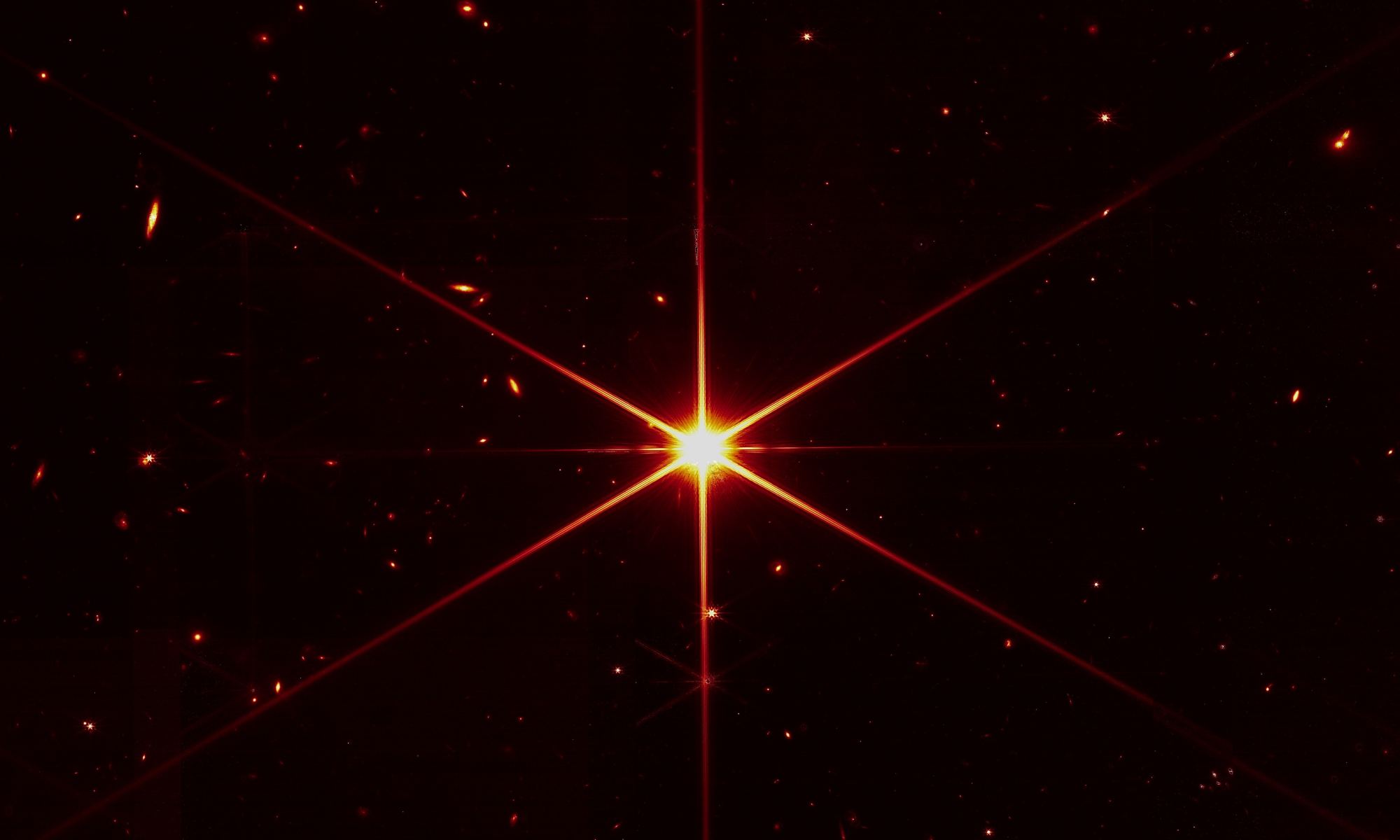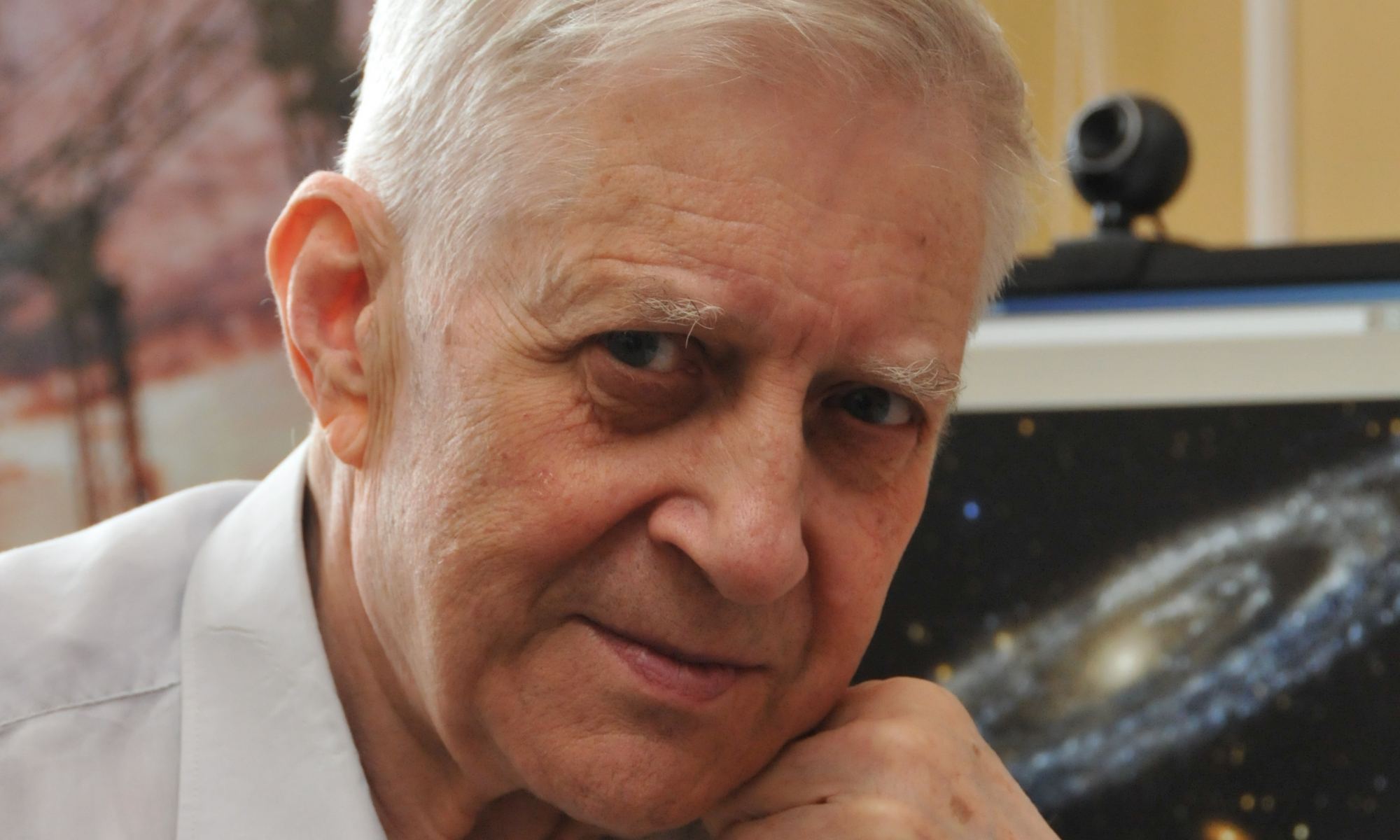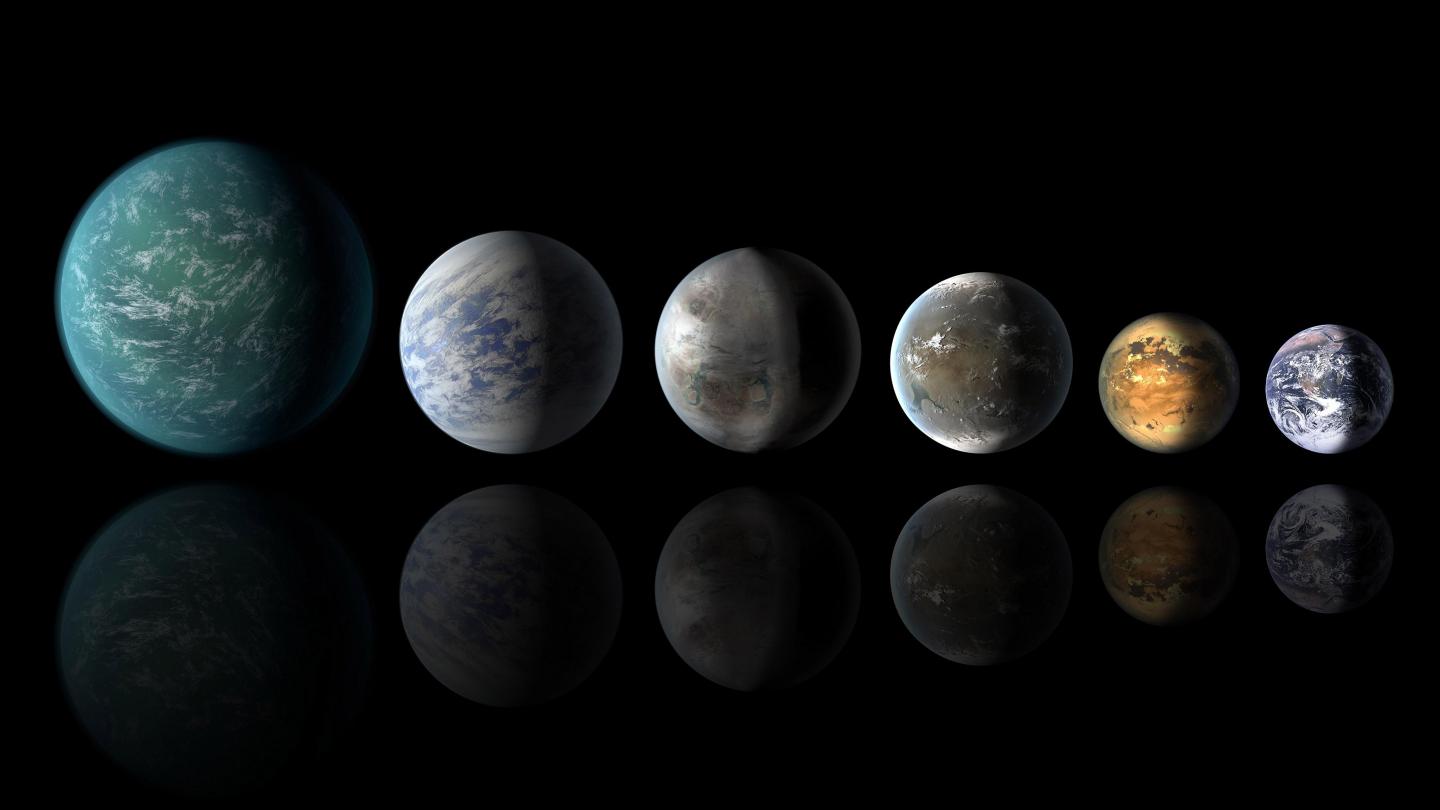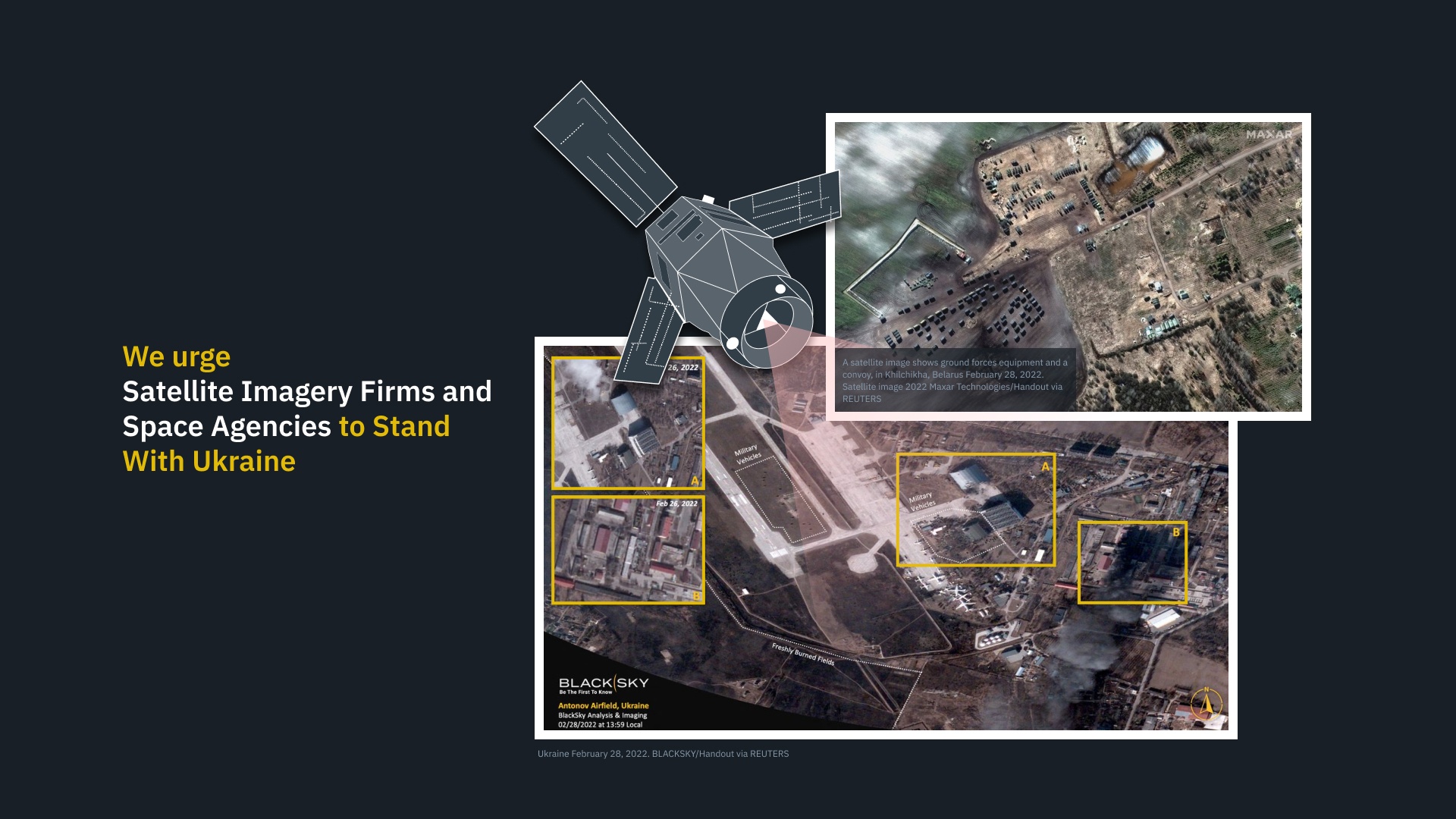The field of extrasolar planet studies is undergoing a seismic shift. To date, 4,940 exoplanets have been confirmed in 3,711 planetary systems, with another 8,709 candidates awaiting confirmation. With so many planets available for study and improvements in telescope sensitivity and data analysis, the focus is transitioning from discovery to characterization. Instead of simply looking for more planets, astrobiologists will examine “potentially-habitable” worlds for potential “biosignatures.”
This refers to the chemical signatures associated with life and biological processes, one of the most important of which is water. As the only known solvent that life (as we know it) cannot exist, water is considered the divining rod for finding life. In a recent study, astrophysicists Dang Pham and Lisa Kaltenegger explain how future surveys (when combined with machine learning) could discern the presence of water, snow, and clouds on distant exoplanets.
Continue reading “Machine Learning Will be one of the Best Ways to Identify Habitable Exoplanets”









